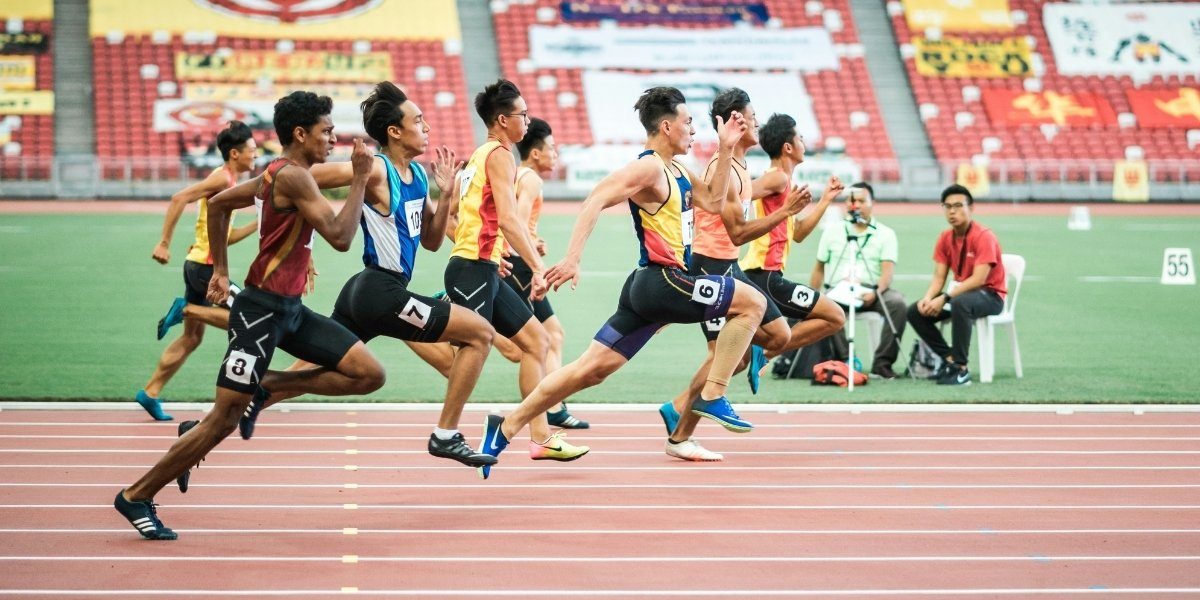Doping in Sports: Understanding Its History, Science, Ethics, and Impact
Doping remains one of the most challenging and controversial issues in sports today. It fundamentally challenges the principles of fairness, integrity, and athlete health. Understanding doping fully requires an exploration of its historical roots, the science behind performance-enhancing substances, the ethical dilemmas it raises, and its broad impact on athletes, sports culture, and society. This article provides an in-depth look at these aspects to foster greater awareness and encourage clean competition.
Doping is far from a modern problem; it has ancient origins dating back to the earliest athletic competitions. Ancient Greek athletes reportedly consumed herbal concoctions and potions believed to enhance strength and stamina. Similarly, Roman gladiators used stimulants before battles to boost performance. However, these early methods were rudimentary compared to today’s sophisticated practices.
The 20th century marked a turning point, particularly post-World War II, when advances in chemistry led to synthetic drugs such as anabolic steroids and stimulants. The Cold War heightened doping as nations sought international dominance through athletic success, sometimes orchestrating state-sponsored doping programs. The infamous East German doping scandal highlighted systemic abuse and secrecy, shocking the sporting world. These revelations prompted the establishment of anti-doping organizations, with the International Olympic Committee initiating tests in the 1960s, and the World Anti-Doping Agency (WADA) forming in 1999 to coordinate global efforts. Despite progress, doping remains a persistent problem, evolving alongside detection methods.
Read Also: Sports Law and Its Role in Modern Athletics
The Science of Performance-Enhancing Drugs
Performance-enhancing drugs (PEDs) cover a broad spectrum of substances designed to improve athletic performance by various physiological mechanisms. Anabolic steroids, synthetic derivatives of testosterone, promote muscle growth and strength. Erythropoietin (EPO) increases red blood cell production, enhancing oxygen delivery and endurance, making it popular in endurance sports. Stimulants like amphetamines increase alertness and reduce fatigue, while human growth hormone (HGH) aids muscle repair and recovery. Some athletes use diuretics to mask other substances during drug tests.
Understanding the science behind PEDs also exposes significant health risks. Steroid abuse can cause cardiovascular problems, liver damage, hormonal imbalances, and psychiatric effects. EPO misuse increases the risk of blood clots and strokes. These dangers highlight the ethical responsibility to protect athlete welfare. On the detection front, sophisticated analytical techniques such as gas chromatography-mass spectrometry (GC-MS) and isotope ratio mass spectrometry (IRMS) identify banned substances at minute levels. The Athlete Biological Passport (ABP) monitors biological markers over time, detecting doping indirectly through physiological changes.
Ethical Considerations: Fairness, Health, and Integrity
Doping presents profound ethical challenges. At the heart lies the principle of fair play—sporting competition depends on a level playing field where success reflects talent, training, and effort rather than chemical advantage. Using PEDs violates this principle, compromising the legitimacy of results and betraying fellow athletes. It damages the trust fans place in athletes and institutions, eroding the social value of sport as an inspiration for excellence and character.
Athlete health is another ethical concern. The pressure to win and the allure of performance gains may tempt athletes to take dangerous risks with their bodies. Sports organizations have a moral duty to protect participants from harm, enforcing rules and providing education on risks. Furthermore, doping raises issues of consent and coercion. In some cases, athletes are pressured by coaches or national programs into doping, raising questions about autonomy and exploitation.
Impact of Doping on Athletes and Sports Culture
The consequences of doping are severe and multifaceted. For athletes caught doping, penalties include suspensions, stripping of titles, and lasting damage to reputation. Careers can be irreparably harmed, and personal lives disrupted by public scrutiny and stigma. Beyond individuals, doping scandals tarnish entire sports and events. Fan disillusionment may lead to declining attendance and viewership. Sponsors often withdraw support, affecting financial stability and athlete funding. The credibility of sports as fair competition suffers long-term erosion.
On a societal level, doping contradicts the role of sport as a promoter of health, discipline, and positive values. It challenges the notion that success is earned through dedication and perseverance. However, anti-doping efforts have strengthened sports governance and enhanced global cooperation. Educational programs targeting youth and professionals aim to build a culture of clean sport, emphasizing values over shortcuts.
Read Also: How Surfing Became the Ultimate Water Sport
Challenges in Detecting and Preventing Doping
Detecting doping is a constant technological and strategic battle. Athletes and support personnel continuously develop sophisticated doping methods, including micro-dosing, designer drugs, and masking agents to evade detection. Testing faces limitations such as timing, sensitivity, and the evolving nature of substances. Out-of-competition testing and biological passports enhance detection but require extensive resources and international coordination.
Enforcement also grapples with legal and ethical issues. Balancing rigorous testing with protecting athlete rights, privacy, and due process is complex. False positives and appeals can complicate outcomes. Preventing doping requires addressing cultural factors. In some environments, doping may be normalized or even encouraged. Changing attitudes involves education, transparent governance, and leadership that prioritizes ethics.
The fight against doping is ongoing and must evolve with science and society. Advances in genetics, biomarker discovery, and data analytics promise more effective detection tools. Research into gene doping presents new challenges that anti-doping agencies must anticipate. Global collaboration remains crucial. WADA’s role in harmonizing standards and coordinating efforts sets a foundation, but consistent implementation worldwide requires political will and funding. Athlete empowerment through education and engagement fosters a culture of integrity. New technologies like blockchain could enhance transparency in testing and results management. Preserving sport’s integrity and protecting athlete health depends on continuous innovation, cooperation, and shared commitment from athletes, coaches, officials, and fans alike.








